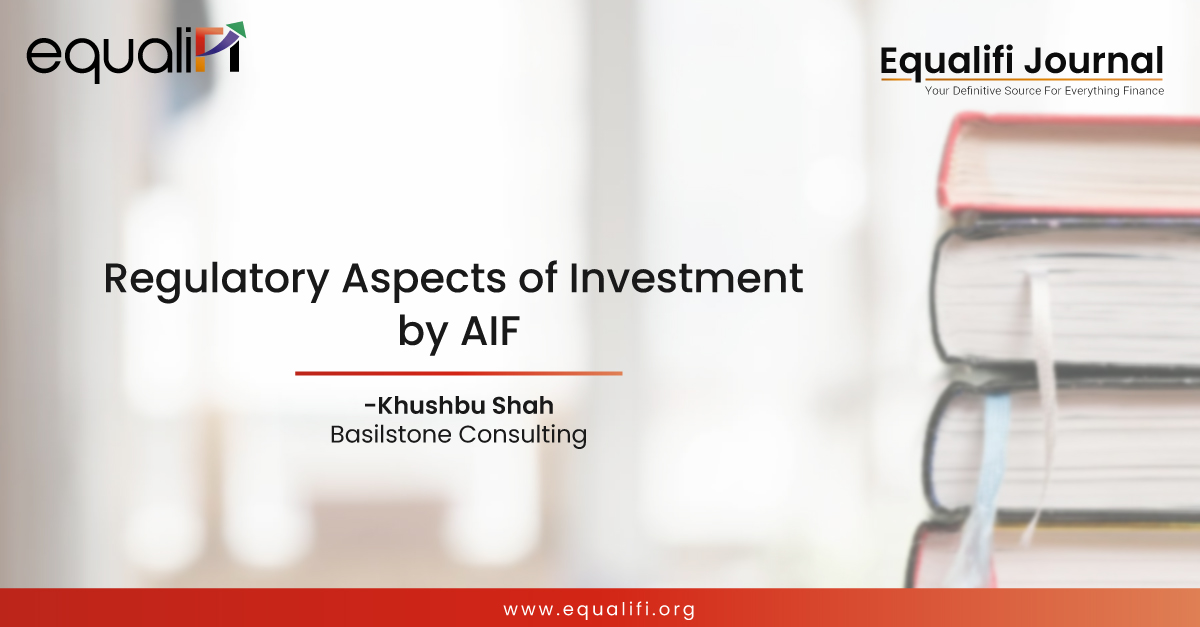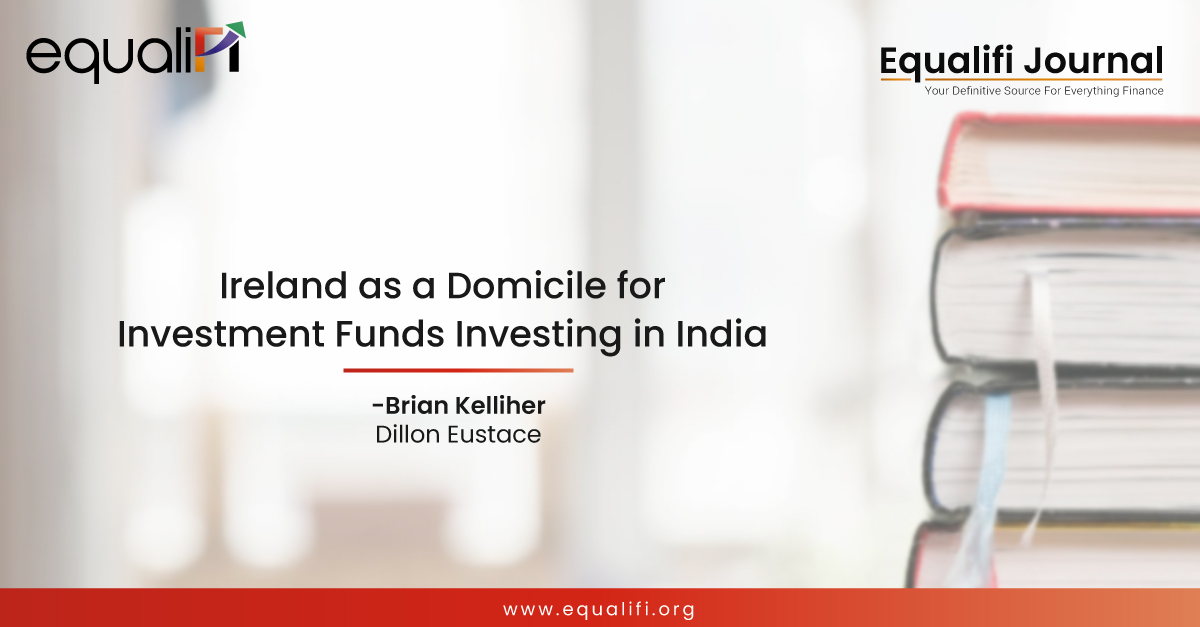Managing Conflicts: A Fund Manager’s Handbook
Posted on: January 16, 2024 | By:
SEBI’s increased focus on conflict of interest
The growing popularity of the alternative investment funds (“AIF”) industry and the rising involvement of large corporate players and experienced financial professionals who are engaged in various financial services and seek to leverage their own group entities and/or network with a view to capitalize on the relative flexibility of the AIF regime has resulted in Securities and Exchange Board of India (“SEBI”) taking a special interest.
In the mitigation of conflicts of interest. In line with such concerns, SEBI has strengthened the conflict of interest provisions by way of an amendment to SEBI (Alternative Investment Funds) Regulations, 2012 (“AIF Regulations”). Regulation 15(1)(ea) of the AIF Regulations now mandates consent of seventy five percent of the investors by value of their investment (“Super Majority of Contributors”) in the scheme of an AIF in order “to buy or sell investments from (a) associates; or (b) schemes of AIFs managed or sponsored by its Manager, Sponsor or associates of its Manager or Sponsor; or (c) an investor who has committed to invest at least fifty percent of the corpus of the scheme of Alternative Investment Fund” 1 . In a recent circular 2 on valuation of investment portfolios of AIFs, SEBI has also mandated the appointment of an independent valuer who cannot be an associate of the manager or sponsor or trustee of the AIF.
Safeguards for conflict of interest under the AIF Regulations
The AIF Regulations currently place a lot of emphasis on identifying ‘associates’ and ‘affiliates’ as the litmus check for potential conflicts of interest and has accordingly placed various safeguards for transactions of the AIF with its associates and affiliates. Accordingly, AIF Regulations mandate consent of Super Majority of Contributors for investment in associates as well as disclosure of any fees charged to the AIF or any investee company by an associate of the manager or sponsor of the AIF.
The ‘Model PPM’ prescribed by SEBI provides for upfront disclosure of ‘affiliates’ of an AIF and details of the Fund or Investment Manager’s dealings with such affiliates be it in the form of providing indemnification, any fees, commission etc. received by the affiliates for offering co-investment opportunities, confidentiality obligations etc. Affiliates for this purpose may be deemed to be any affiliate/associate/group entity with whom any dealings are proposed or envisaged by the Fund or the Investment Manager.
In addition to the objective criteria and measures detailed above, the AIF Regulations have also built in all-encompassing conflict of interest checks by placing a fiduciary responsibility on the sponsor and manager of the AIF to disclose all conflicts of interests to the investors, as and when they arise or seem likely to arise as well as the duty to abide by high level principles on avoidance of conflicts of interest with associated persons.
The manager of an AIF is mandated to establish and implement written policies and procedures to identify, monitor and appropriately mitigate conflicts of interest throughout the scope of business and comply with the same. The code of conduct for members of the investment committee also provides for disclosure and avoidance of conflict of interest and wherever necessary, the members must recuse themselves from the decision-making process.
Thereby, SEBI has employed various measures in the form of disclosure norms, consent requirements as well as self-regulation in the form of written policies and assigning fiduciary responsibilities to mitigate and control conflicts of interest.
Global safeguards for mitigating Conflict of interest
Mitigation of conflict of interest and ensuring that the manager of a fund undertakes all its actions in the best interest of its investors is an area of key interest in regulation of fund management globally.
Securities and Exchange Commission (“SEC”), the United States market regulator, has cast a wider net in order to ensure that its investment advisors mitigate conflict of interests in all of their activities. SEC has imposed fiduciary standards upon investment advisers wherein investment advisers are expected to perform ‘duty of care’ and ‘duty of loyalty’ towards its clients, which in turn means that investment advisers must, at all times, serve the best interest of its client and not subordinate its client’s interest to its own. Thereby, it becomes necessary for investment advisers to “eliminate a conflict of interest or, at a minimum, make full and fair disclosure of the conflict of interest such that a client can provide informed consent to the conflict”
The framework laid down by SEC states that identifying and addressing conflicts should not be merely a “check-the-box” exercise, but a robust, ongoing process that is tailored to each conflict. The SEC framework requires investment advisers to disclose, mitigate and as well as eliminate risks in certain situations, associated with conflicted transactions basis their respective business conduct and the objectives of their respective clients.
The SEC has also taken into account the evolution of services and technologies that investment advisers employ that could potentially favour the interests of the investment adviser over those of the investor. SEC has proposed various rules to counter such conflict of interest and one such rule proposed in June deals with “eliminating or neutralizing the effect of conflicts of interest associated with the investor adviser’s use of predictive data analytics and similar technologies, which includes artificial intelligence, in investor interactions that place the investor adviser’s or its associated person’s interest ahead of investors’ interests.” For example, in case an investment adviser knows that certain user responds more to message prompts in a certain colour and uses this knowledge to influence such user into making more investments. The investment adviser is thus using such information only for their own benefit and not necessarily in the best interest of the user and the same shall be considered a conflict of interest.
In addition to ensuring that its regulations evolve to address various conflicts of interest, SEC has also focused on the enforcement of such conflict of interest provisions in the form of imposing fines. For instance, SEC charged Randy Robertson, a former BlackRock Advisors, LLC portfolio manager, for failing to disclose a conflict of interest arising from his relationship with a film distribution company in which the fund he managed for BlackRock invested millions of dollars Global safeguards for mitigating Conflict of interest 40 Under 40 – 2024 | 56 To settle the charges, Robertson agreed to pay a $250,000 penalty. Further, investment adviser Insight Venture Management has agreed to pay a $1.5 million penalty to SEC for allegedly overcharging management fees and failing to disclose conflicts of interest regarding fee calculations
Suggested mechanisms for managers to minimise conflicts
The increasing scrutiny on conflict of interests in fund management, both globally and by SEBI at home, makes it necessary for managers and other stakeholders working in the AIF industry to ensure that they adopt stringent policies and measures to deal with conflict of interests, be it real or perceived.
It has become imperative that the AIF industry broadens the lens with which it looks at conflicts of interest and does not merely perform a ‘check the box’ approach where in it only accounts for the conflicts explicitly laid out in the AIF Regulations. It is important to also understand that fiduciary duties placed on the manager, sponsor and investment committee of the AIF necessitate self-regulation of conflicts of interest by such stakeholders.
The AIF industry in India can look at the detailed recommendations on dealing with conflicted transactions provided by the Institutional Limited Partners Association (“ILPA”) vide the third version of its principles
The ILPA lays down these broad principles/mechanisms for dealing with conflicts of interest
- Ensure that management of conflicts of interest is designed in a way that the interests of both general partners (“GP”) and limited partners (“LP”) are taken into account.
- Establish and disclose written policies and procedures to identify, monitor and appropriately mitigate conflicts of interest.
- Ensure that the decisions made by the GP regarding conflicts of interest, take into account the benefit of the partnership as a whole rather than to the sole or disproportionate benefit of the GP, affiliates or a subset of investors in the partnership.
- Discourage actions by the GP that were “pre-cleared” by way of overly broad disclosures, especially in relation to transactions that are or could possibly constitute conflict of interest.
- Build in protection of rights of minority investors in regard to conflicted transactions
- Establish a Limited Partner Advisory Committee (“LPAC”) to keep check on the conflicts of interests faced by the fund and its fiduciaries.
- LPs should reject any waivers of broad categories of conflicts of interest
While the fund governance and transparency thresholds mandated by SEBI align with ILPAs’ recommendations and SECs’ compliance and disclosure obligations, SEBI framework provides greater decision making in the hand of investors for dealing with potential conflicted transactions. A unique feature of the AIF Regulations and SEBI’s approach is the acceptance of investor consent as an appropriate tool for dealing with conflict of interest.
The recommended course of action, from a SEBI perspective, in case of matters that are potentially conflicted should be to make appropriate disclosures to the investors as well as seek investor consent. However, even in cases wherein the Investment Manager has made necessary disclosures and taken informed consent of the investors, the onus of proving its conduct was in the best interest of its investors cannot be waived off. Thereby, managers to AIFs must ensure that such transactions are not negatively impacting the interests of its investors.
The conflict of interest policies for an AIF should be detailed, taking into account, all possible ways in which a conflict of interest may arise and lay out the mechanism or procedure that should be followed to deal and mitigate such conflict of interest.
Such measures become increasingly relevant for corporates and individuals who have sought investment from and/or availed the services of related parties. While it is understandable that any fund manager shall seek to leverage its existing network to bring in valuable investment opportunities and other synergies to a fund, it is also necessary to understand that such fund manager shall be faced with various conflicts of interest throughout the fund’s life cycle and beyond. It is also necessary to consider that engaging and transacting with related entities shall be met with greater scrutiny from a conflict of interest perspective.
Keeping in mind the growing focus on conflict on interest in fund management both globally and from SEBI, fund managers, especially those with structures wherein related entities essay various roles pertaining to the AIF, must ensure that they are able to prove that each such transaction or empanelment was in the best interests of the investors.
The way forward
In today’s world where conflicts have become an inseparable part of our lives and cannot be avoided, but at best managed, a higher standard of care is required in case of those essaying a fiduciary role. First, in terms of identifying potential conflicts of interest, followed by how best those conflicts can be managed or mitigated, especially when one is donning the fiduciary hat of an AIF manager.
A well thought out conflict of interest policy being adopted by the manager and its consistency of action in case of conflicts could act as its insurance and best defence in case of any investor challenge or action.








